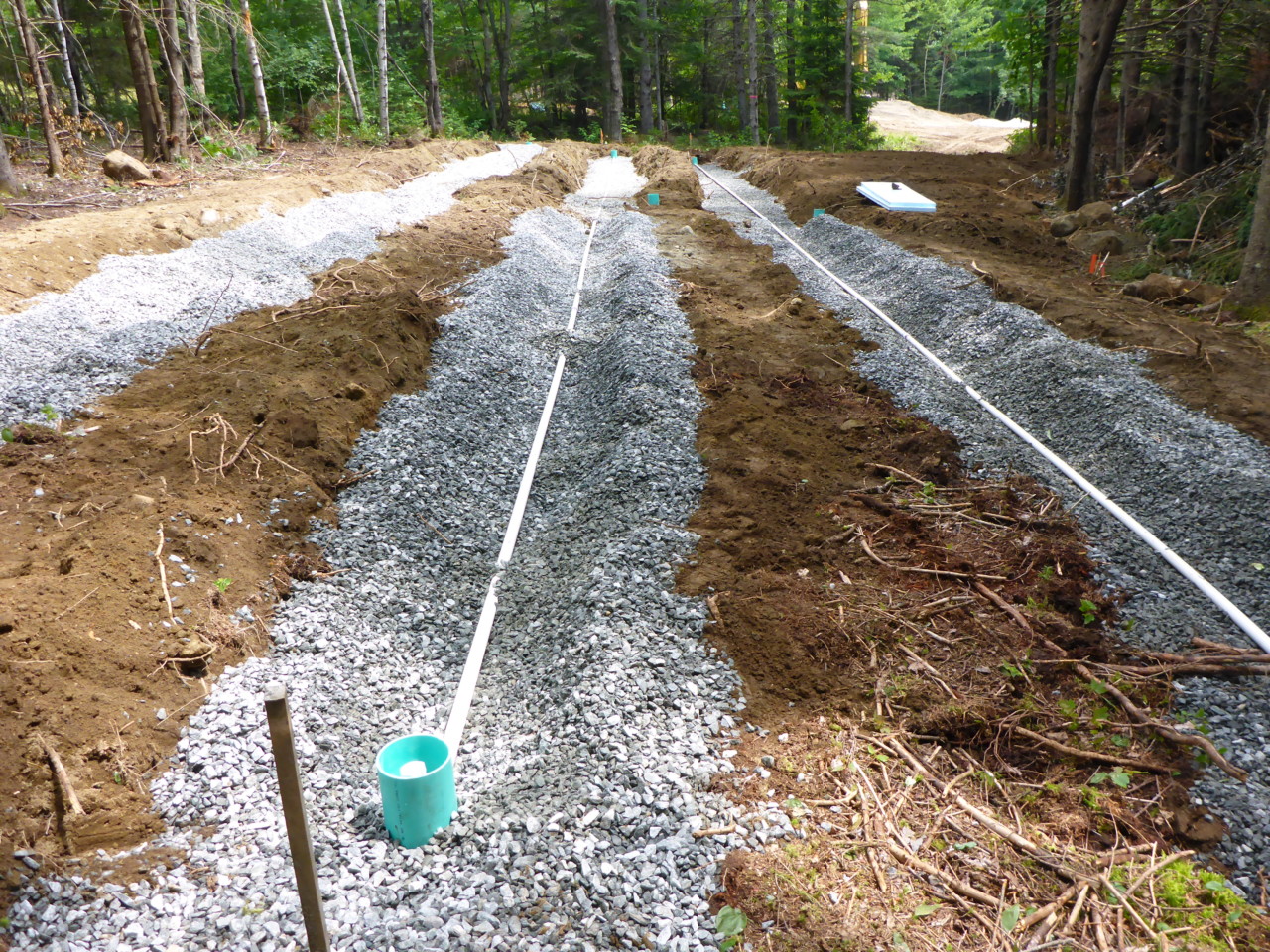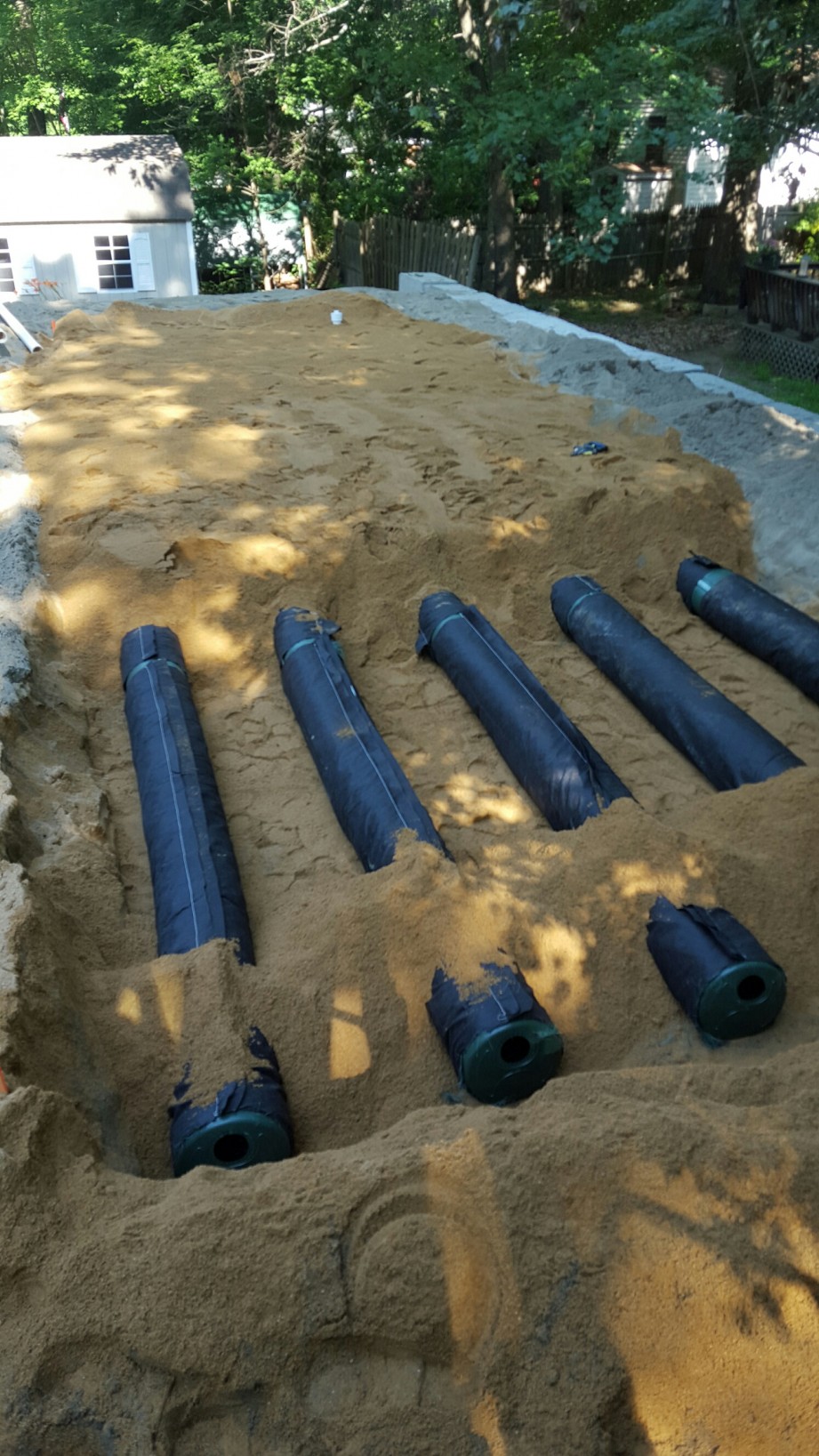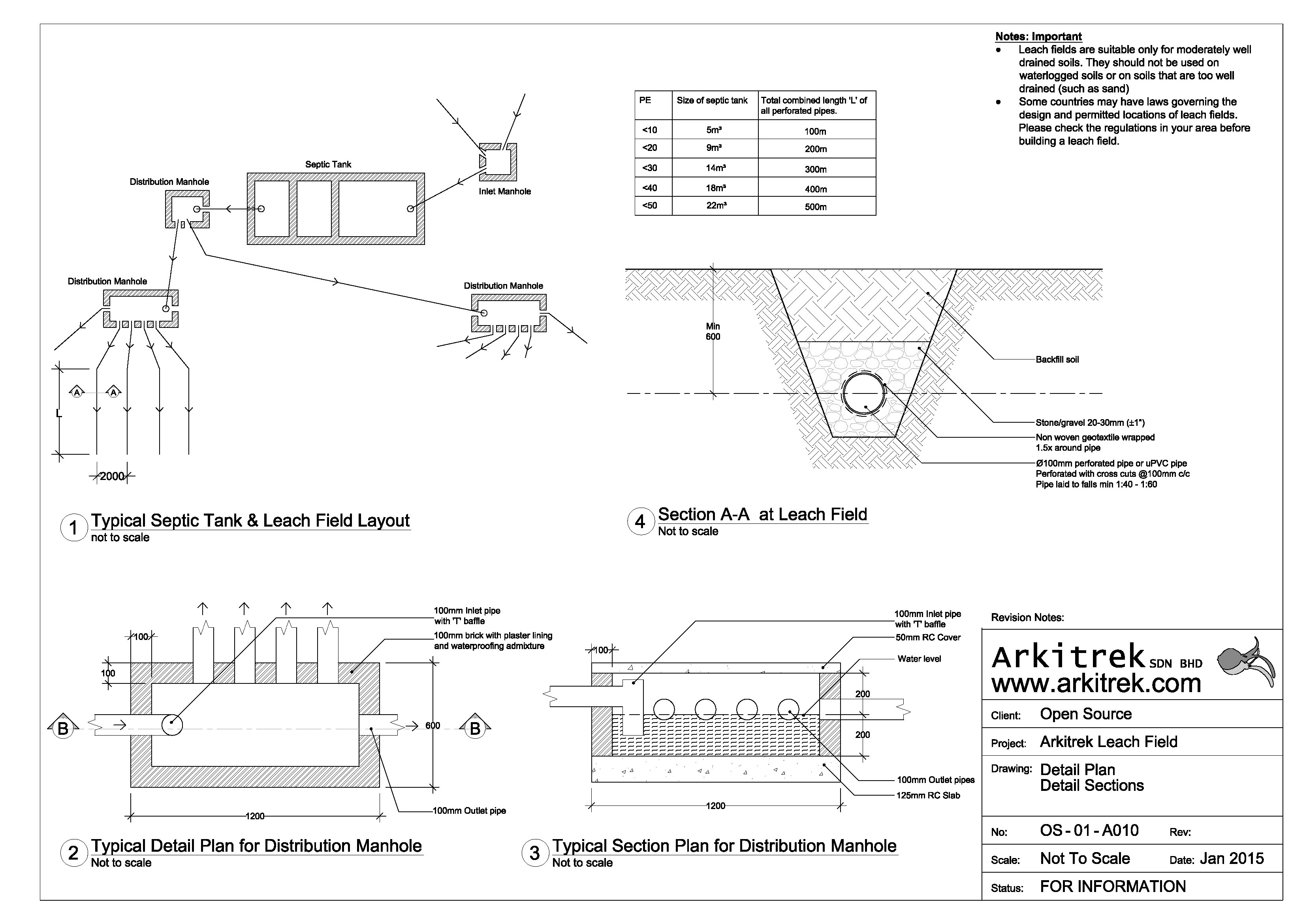Things You Can and Can't Put on Your Septic Leach Field
Table Of Content

The value these benefits bring to SoC designers cannot be understated. Planar, FinFET, and GAA transistors are each likely to continue playing essential roles in chip design, since not every SoC function makes sense to implement in the most advanced nodes. Leah’s approach to interior design follows the same principles that a fine artist might. “I feel like you're painting, but with objects, and there's an artful way you can approach that,” she says. Like an artist, an interior designer is creating an ultimate picture or vision, but both must carefully select proportions and shapes that will create interest, letting the eye rest or pulling it in to a particular corner.
Leah Ring’s Los Angeles Apartment Is a Geometrical Wonderland
Wastewater is leached into the soil so that the wastewater can be filtered naturally by the soil. As wastewater is perforated through the pipes in the leach field, the wastewater is absorbed by the soil, and the water moves through the soil vertically and horizontally through soil pores. Bacteria that live within the top ten feet of the soil remove the organic material that has been dissolved into the wastewater. Plants can absorb some of the wastewater that does not percolate all the way through the soil. The remaining wastewater percolating into the leach field eventually reaches a groundwater aquifer with the intent that the water has moved through enough soil and the soil has cleaned up the water not to contaminate the groundwater. The sand filter is often PVC-lined or a concrete box filled with a sand material.
Venice Beach House by Frank Gehry
Leach fields are designed to allow the wastewater to exit from the septic tank into pipes perforated so that the liquid drains out of the pipes and into the soil. Depending on the soil type, the wastewater will percolate through the soil differently. After some breakdown has taken place in the septic system, the remaining wastewater flows in pipes out to the waste field.
Footer
You have to flush the biomat out of leach field pipes before any treatment. A proper drain field needs to have perforated pipes buried in gravel trenches through out the field. The trenches should have a slight slope, usually less than 1/8th inch per foot. The pipes will need to be placed in gravel and covered with more gravel. When you map out the piping, be sure to create a sketch that reflects the depth of the field accurately. This will allow you to plan for the amount of soil under the gravel, the amount of gravel, the space needed for the pipe, and the amount of gravel needed for the cover.
never use ANY septic additives or enzyme digesters
A large pit at least 2by2by3 feet deep is excavated at the end of each leach field pipe to accept the flushed out bio-mat and roots. You accomplish nothing by jetting and allowing the bio-mat to remain inside of the lateral line perforated pipes. Chamber SystemChamber systems are used when there is no gravel available to make a gravel bed below the pipes. This system has a lower installation cost than the other options but can be a high maintenance option needing to be monitored often to make sure they do not leak or overflow. They are built in the drain field as a plastic chamber that holds the wastewater fluid, and the containers allow the wastewater to slowly seep below into the soil.
Mound system septic drainage
It conveys the wastewater to a treatment and dispersal system located on a suitable site near the dwellings or buildings. It is common to find cluster systems in places like rural subdivisions. Pools, ponds, and streams are excellent additions to a property, but they need to be kept well away from septic fields. Ponds and streams that are too close to the septic field risk becoming wastewater runoff points, reducing the effectiveness of the system and creating sites around the home that collect hazardous contaminants, like E. As noted above, structures are a bad idea for septic fields and can’t be installed in these locations. Many people try to figure out a way around this, suggesting floating decks, small sheds, and even simple gazebos to help block out the sun, but each of these additions pose a risk to the septic system.
All About Outdoor Radiant Heating Systems
Leach field distance from the wellhead (100 to 200 feet) is no guarantee of safety, it's just an arbitrary number locally assigned to allow residential construction on smaller half acre lots. Lateral water (sewage effluent) movement underground is extremely unpredictable at certain times of the year and will easily contaminate your well. Any chemical (or enzyme) which digests sewage should frighten a reasonable person to allow in their drinking or irrigation water.
Septic System (Onsite Wastewater Treatment Systems, OWTS) Permit Information

Leach Fields are trenches (or rectangular beds) dug in yard and filled with a foot of 3/4" to 1-1/2" crushed washed gravel and a four inch diameter perforated pipe. The pipe-in-gravel leach line is covered with geotextile fabric and then backfilled with a foot or two of native soil atop. Gravity sends effluent to leach field with at least a 1/8 inch per foot drop and then is dispersed into soil evenly with all of the leach field perforated pipe being at the same level.

Colorado Delivery Only - Infiltrator® chamber leach fields with consultation
Amid climate change pressures, Virginia reexamines septic regulations • Virginia Mercury - Virginia Mercury
Amid climate change pressures, Virginia reexamines septic regulations • Virginia Mercury.
Posted: Thu, 20 Oct 2022 07:00:00 GMT [source]
Locally sourced tanks will save a great deal of money given freight cost on such large items. Choose a tank that is rated for 'dry burial', meaning it can be buried without water inside and not risk collapsing from weight of soil atop and around. Tanks as small as about 75 gallons and 40 inch tall are adequate for a greywater system, but installing at least 300 to 500 gallon second compartment tank is typical for a septic system in most areas of the country. The larger the tank, the longer the retention time and better function. As a last resort, filter can be installed inside a single compartment septic tank, but 'self-cleaning' function may be compromised. Leach Field DesignLeach fields are necessary when a septic system is present, and there is no need for greywater or wastewater reuse.
You can photograph the outside as much as you want, but taking photos inside is discouraged. The Capitol Records Building near Hollywood and Vine was designed by architect Welton Becket in 1956 to resemble a stack of vinyl 45 records. It is one of the most recognizable structures in the city.At night, the blinking light on top of the 13-story tower spells out the word "Hollywood" in Morse code. Right next to the Disney Concert Hall is The Broad, which opened in 2015. You have to get up close to really appreciate the "veil and vault" concept of architects Diller Scofidio + Renfro. The white honeycomb covering is suspended over the interior box, letting in natural light, but preventing direct sun exposure to the art within.
If the septic tank or leach field is not vented properly this can lead to harmful gases building up in the plumbing and house, some of which are potentially harmful to pets and humans. A leach field may have anywhere from 1 to 3 feet of earth on top, with gravel filled trenches ranging in depth from 18 to 36 inches. The size necessary for your drain field will depend on a few factors. You can run the percolation test on your own, or hire someone to do this.
The first step in the treatment process is for the solid material in the septic tank to settle on the bottom of the tank, while oil and grease float to the top. The material from a home or business is known as effluent, liquid waste, or sewage discharge. A compartment in the septic tank stops the solid and greasy waste from leaving the tank and the remaining liquid then moves into a drainfield area or distribution system, which is the second step in the treatment process. When the wastewater moves into the drainfield, it filters through the soil, naturally removing any remaining bacteria and is eventually released into the groundwater. Drywell leach pit kits are best practice for additions and repairs on pipe-in-gravel leach fields.
Comments
Post a Comment